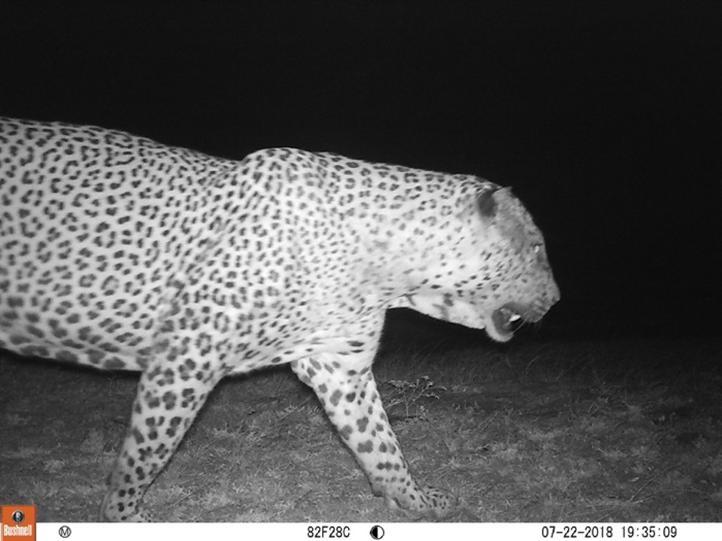Aisha Uduman
Sri Lanka is currently expanding its dairy farms to improve livelihood and broaden development. As dairy farms expand, there are increased reports of leopards taking dairy cattle as prey, but this has yet to be quantified in local ecological contexts.
I will measure four hypothesised drivers (husbandry technique, cattle density, natural prey abundance, distance to forest cover) of leopard-livestock conflict at 100 dairy farms and identify the most significant conflict driver(s). I will combine field and household surveys to address this multi-faceted problem. Household surveys will assess farmer attitudes towards leopards and levels of support towards specific husbandry techniques (altered through human behaviour) to mitigate conflict.
I will identify the relative significance of husbandry techniques on incidents of leopard-livestock conflict, putting it into the larger context of husbandry techniques supported by the communities. Results and recommendations will be presented to dairy companies, promoting feasible measures for coexistence.

Male Sri Lankan leopard (Panthera Pardus kotiya).
A leading cause of large carnivore decline is human-carnivore conflict. Carnivores have protein-rich diets and large home ranges, drawing them into constant competition with humans who increasingly exhibit similar patterns. Additionally, many carnivores are somewhat specialised in ungulate predation, leading to many instances of wild carnivores killing domesticated ungulates (such as cattle), leading to their persecution (Karanth et al., 1999). This conflict is particularly damaging for smaller households that rear livestock in close proximity to protected areas, presenting a difficult challenge for pastoral development and biodiversity preservation.
The endangered Sri Lankan leopard (Panthera pardus kotiya; IUCN 2016) is the country’s apex predator and a potential keystone species, having evolved without intra-guild competition for thousands of years (Miththapala et al., 1996). Following the 2004 South Asian tsunami and the protracted civil war, dairy farming has been promoted as a means of improving livelihood and broadening development, particularly with the rural majority population of the country. Economic development and poverty alleviation are essential, but they must allow for coexistence with species (e.g. leopard) that compete with humans for habitat and potential prey (e.g. cattle).
There have been 98 verified leopard deaths over the past 16 years, a substantial number given the estimated 700-950 remaining individuals (Kittle & Watson, 2015). A knowledge gap exists as levels of depredation have yet to be quantified and potential causal factors have not been measured. Levels of livestock depredation must therefore be quantified and modelled against hypothesised causal factors in order to better understand what is causing livestock depredation at local scales and what the community’s level of support are towards specific mitigation techniques are, in order to be proactive instead of reactive.
I will measure and compare levels of livestock depredation at 50 farms in two locations and model the relative influence of cattle husbandry, natural prey abundance, cattle density and distance to forest cover on levels of depredation. Dairy farmer attitudes will also be evaluated through surveys in order to assess predictor variables such as socio-demographics, age and wealth on resulting attitudes towards leopards and their willingness to support mitigating husbandry techniques. Understanding both the ecological and social dimensions of livestock depredation will inform what the most appropriate solutions are in this local context, whether it is education to improve awareness (Marker et al., 2003), mitigation efforts to prevent livestock losses (Ogada et al., 2003) or to explore incentive schemes to benefit farmers who have suffered losses (Dickman et al., 2011).